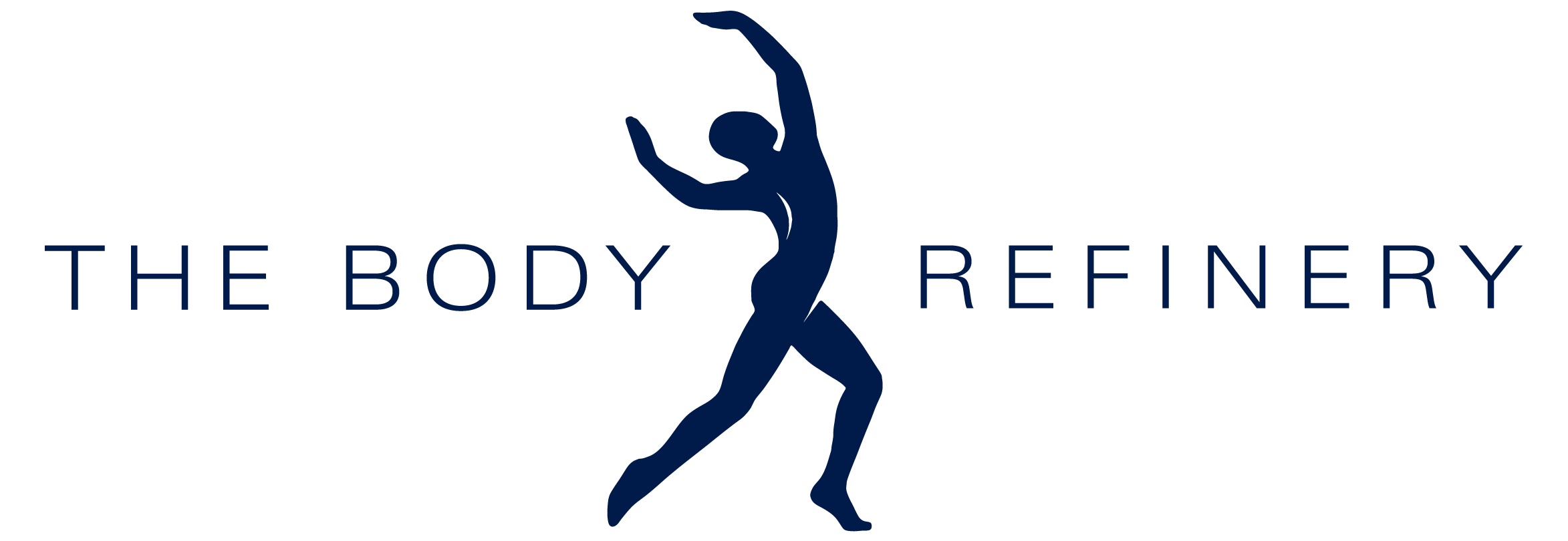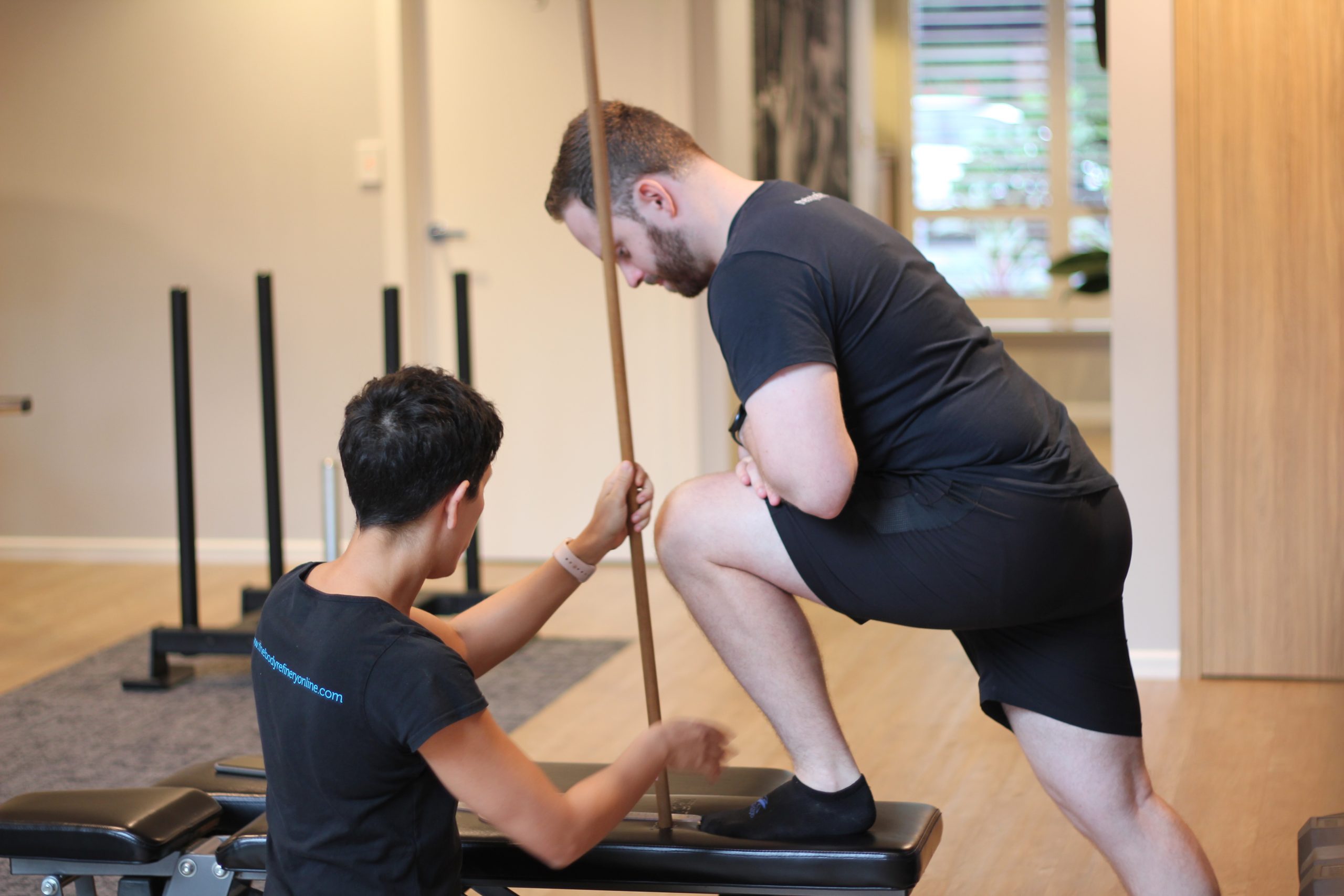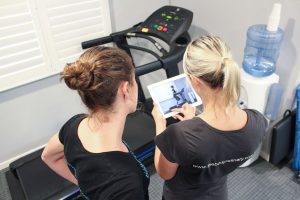A body under repetitive strain
We all know that athletes push their bodies to meet their physical goals, whether it be running, swimming, cycling, competing in a triathlon or a marathon, lifting weights or playing competitive sport. These activities can place high demands on the body, particularly related to the frequency of training and competitive events. Such repetitive demands on the body can lead to imbalances in strength, flexibility and agility which can lead to poor movement patterns, causing loss of efficiency and injury.
Ideally, athletes should seek to achieve optimal biomechanics relevant to their sporting pursuits. This will assist in enhancing performance and limiting overuse injuries. In fact, 70-91% of triathlete injuries are caused by overdoing (1).
‘P’ for – Precision, Performance, Prevention …. Pilates!
How do we achieve optimal biomechanics? By strengthening and lengthening muscles, maintaining joint mobility, correcting muscular imbalances in the body, improving functional stability and body awareness.
And Pilates is the perfect fit for attaining all these outcomes.
The essence of Pilates is control of body position and awareness of precision in movement. Pilates exercises are designed to lengthen and stabilise major muscle groups and correct muscular imbalances in the body.
With regular Pilates, everyone (athlete or not) can experience improvements in their daily performance (sporting endeavours or daily tasks) and this helps to prevent future pain and injuries from developing.
The elusive ‘core’
We all know we need to improve our ‘core strength’ and ‘stability’ but what does this mean exactly? For athletes such as triathletes, this means a focus on functional dynamic stability. This is the ability of the body to hold itself in better alignment for longer, even under extreme fatigue, maintaining an appropriate posture, responsiveness and efficiency of movement (2).
Exercises such as swimming, cycling and running can place high repetitive loads and demands on areas of the body such as joints, ligaments and muscles. We can attempt to balance these loads by preparing and maintaining the body with Pilates. In fact, a ‘core’ or ‘stability’ regime such as Pilates has often been referred to as the desired ‘fourth discipline’ for triathletes to improve performance and avoid injury.
Pilates to improve your swimming performance
Although swimming is a great full-body exercise, frequent swimming or competing can often result in pain and injuries around the shoulder girdle.
The shoulder joint is innately mobile which allows a greater range of movement but can leave it vulnerable to injury. It is said that 90% of the forward propulsive power of a swim stroke comes from the upper extremities. This continuous stroke repetition and generation of force places high demands on the shoulder joint, so optimal biomechanics and stability around the shoulder joint are required to avoid injury (3).
The body also needs to maintain alignment in a streamlined nature for optimal swimming biomechanics. Any deviation from this alignment may lead to fatigue and injury (4). For example, a swimmer who does not have adequate abdominal control and strength may show increased hip drop during the breaststroke sequence. This imbalance may consequently reduce the propulsion phase-out of the water, increasing the risk of straining muscles and joints of the neck, shoulder and back.
Regular practice of Pilates will help to improve the system of deep stabilising muscles that support and control joint motion. These muscles include the deep abdominals (transverse abdominis), pelvic floor muscles, deep muscles approximating the spine (multifidus) and deep hip rotators. Without this internal stability system, global muscle groups are required to work harder, which leads to the increased likeliness of fatigue and injury.
Cyclists need Pilates too
Similar to swimming, cycling also involves repetitive movement, which can particularly overload the hips, pelvis and spine. Pilates assists in strengthening the muscles that support the lumbar spine and helps athletes to reduce the amount of excessive movement at the pelvis – reducing shear tension through the lumbar spine.
Gluteal muscle strength and efficiency are also important for maintaining optimal knee alignment when cycling. This helps to reduce the incidence of knee pain and injuries.
Postural conditioning through Pilates is also of paramount importance for cyclists to ensure thoracic spine mobility and strength to assist in maintaining the forward postural position. Cyclists can often be known to develop neck and back pain from holding these positions for prolonged periods without appropriate conditioning.
What about runners?
Of each of these disciplines mentioned, running has the most impact on the joints, ligaments and muscles (1). For triathletes, it is also worth considering the fatigue factor involved, after completing the two previous disciplines of swimming and cycling in a triathlon. A focus on the deep stabilising system of muscles that support and control joints is therefore crucial to reduce the risk of injury and help to maintain running technique, stability and form.
The 6 ways Pilates will benefit your athletic performance
– Improved breath control
– Increased stability or ‘core strength’
– Better sense of balance
– Improved joint flexibility
– Prevention of injury
– Muscle Recovery
How can The Body Refinery help you?
At The Body Refinery, we have a number of services and Health Professionals that can assist you in improving your athletic endeavours. These services include Physiotherapy, Exercise Physiology, Myotherapy, Remedial Massage and Pilates.
Our Pilates services are run by highly skilled and trained Pilates instructors who can tailor a program to suit your needs.
Our Physiotherapists also work with athletes in our Clinical Rehab classes – this service blends traditional Physiotherapy exercises with Pilates informed exercise to provide you with an individualised program to assist with your injuries and performance needs.
Or you may find our refined runner program is what you are after.
Please call our friendly reception team today on 3358 3915 to discuss how we can help you!
References
- Crowell, S., Davis, I (2011). Gait retraining to reduce lower extremity loading in runners. Clin Biomech. 9(3),pp. 78-83
- Ezechielli, M (2013). Muscle Strength of the Lumbar Spine in different sports. Technology And Health Care: Official Journal Of The European Society For Engineering And Medicine [Technol Health Care] 2013; Vol. 21 (4), pp. 379-86.
- Heinlein, S (2010). Biomechanical Considerations in the Competitive Swimmer’s Shoulder. Sports Physical therapy. Vol. 2 (6), pp. 519-525
- Richardson, A., Jobe, F., Collins , H (1994). The shoulder in competitive swimming. American Journal Sports Medicine




